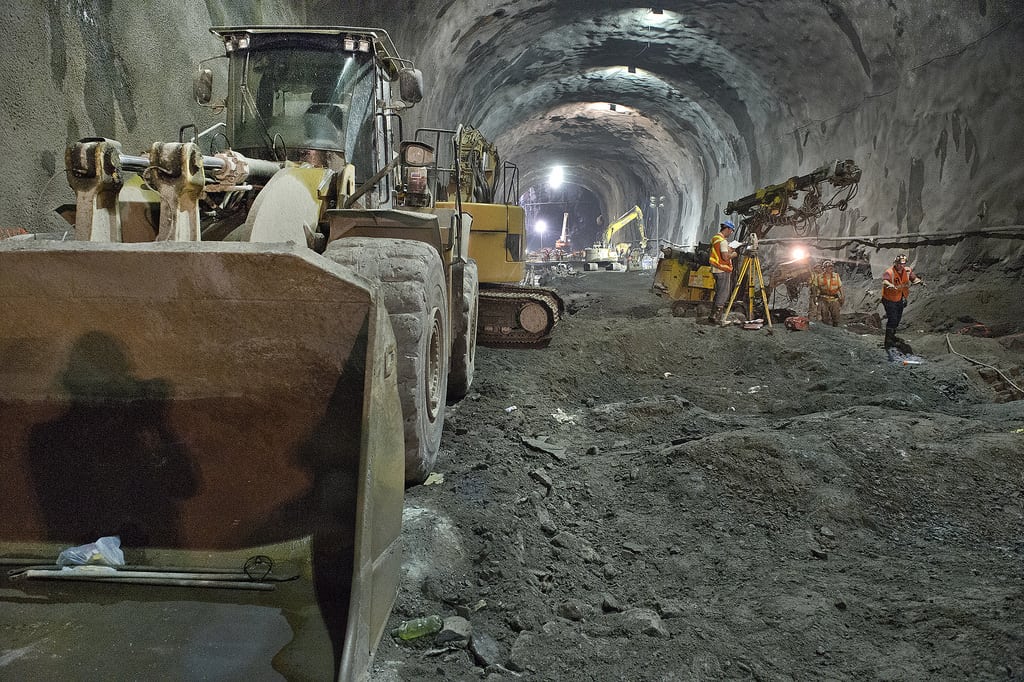NYC Takes Subway Riders Underground with Amazing Flickr Account

Skift Take
MTA's Flickr page started attracting fans last year with rare photos of an empty city during Hurricane Sandy. It has since chronicled the current-day construction of the NYC transit system, a digital time capsule that will surely be looked at for generations to come.
[gallery ids="116796,116879,116877,116876,116878,116792,116784,116793,116874,116789,116785,116880,116786,116787,116798,116799"]
New York City's Metropolitan Transportation Authority has a secret weapon that helps keep it relevant to transit riders who spend more time looking at their phones than where they're going on subways, buses, and trains.
The organization's Flickr page is filled with stunning photos that give viewers a look at tunnels that will one day become the 2nd Avenue subway line, the workers that spend nights and weekends on repairs, and the transit stations that stood ghostly empty during Hurricane Sandy.
MTA's staff photographer Patrick Cashin joined the organization full-time in 2010 and has since posted several Flickr albums a month with photos of construction work and MTA events.
Cashin tells Skift in an interview, full text below, that he took many safety courses that allow him to access ci
